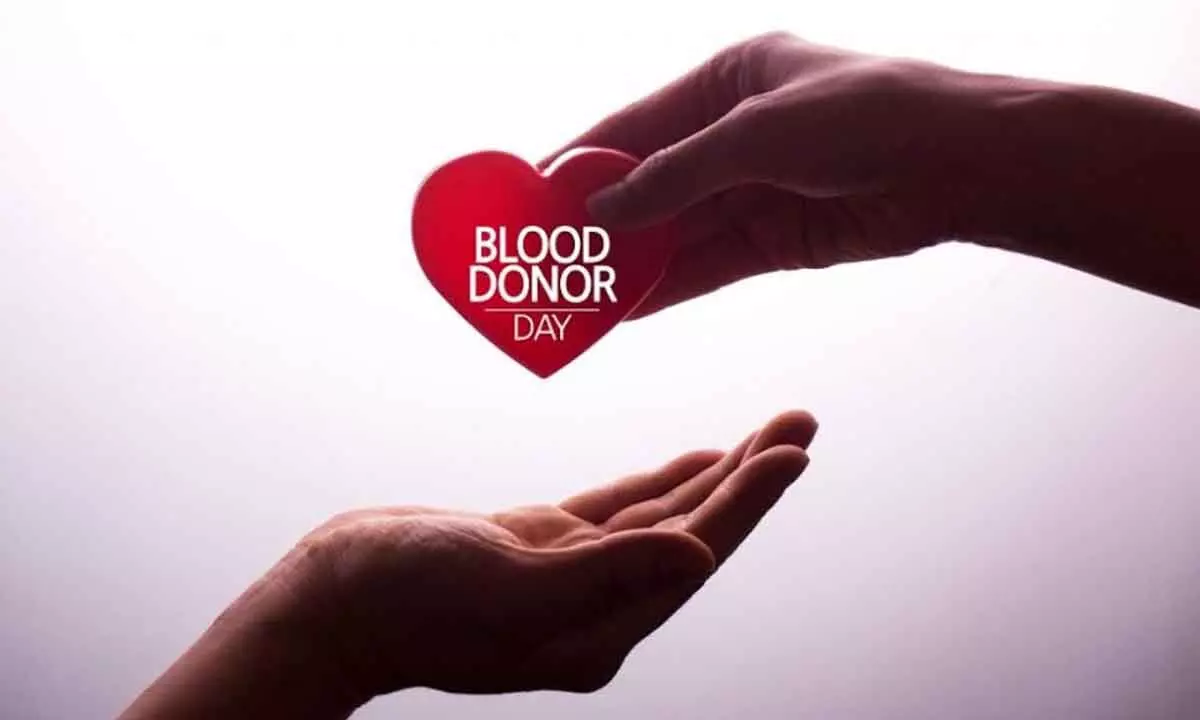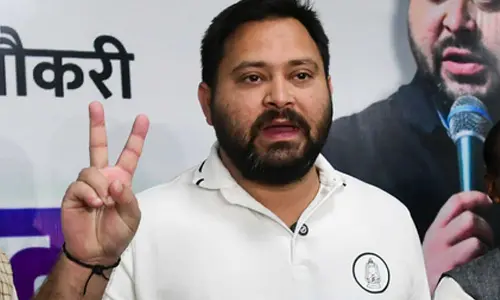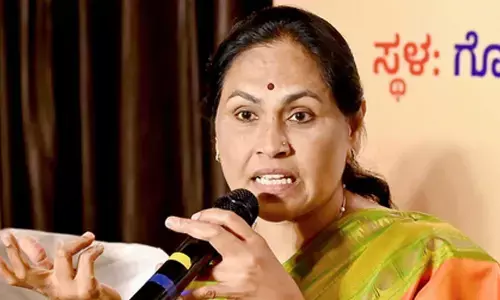World Blood Donor Day: Can I make a difference and save a life by Blood Donation?

World Blood donors’ day 2023 is celebrated on 14th June with a slogan “Give blood, give plasma, share life, share often.”
Blood and Platelet Shortage Persists in India's Healthcare Facilities. In today's medical landscape, the importance of blood and platelet donations cannot be overstated. These life-saving components are not something that can be manufactured in a lab or pharmacy; they must be generously given by another person. Shockingly, every two seconds, someone in India is in dire need of blood. To put things into perspective, over 38,000 blood donations are required each day to meet the demand.
We spoke to Dr Padmaja Lokireddy, Consultant Haemato Oncology and Stem Cell Transplant, Apollo Hospitals, she says, “When it comes to blood donation, during each donation, blood banks collect a standard volume of 350 ml and is typically preserved in blood banks for a period of 35 days. Interestingly, the most common blood group among the population is O positive, with a prevalence of 35%. On the other hand, AB negative is the rarest blood group, accounting for only 1% of the population. Consequently, there is consistently a shortage of rare blood groups, creating an ongoing challenge in meeting the specific needs of patients.”
“Sadly as of 2022, there is an annual shortage of one million blood units. Blood transfusions are necessary for various reasons in hospitals including surgical procedures, accidents, deliveries, and various medical conditions. However, the maximum number of repeated blood and platelet transfusions are required for patients battling blood disorders such as Thalassemia, bone marrow failure, blood cancer, and other cancer therapies,” says Dr Padmaja Lokireddy.
Dr Padmaja Lokireddy says, “Fortunately, anyone between the ages of 18 and 60, without any underlying medical issues, can become a blood donor regardless of gender. Prior to collecting blood, certain safety checks are conducted to ensure the well-being of the donor and recipient.”
On the other hand, platelet donation presents some unique challenges. Dr Padmaja Lokireddy says, “Many potential donors have concerns, resulting in a shortage of voluntary platelet donors. Additionally, the short lifespan of platelets, which ranges from 5 to 7 days, preventing long term storage.”
“Platelet transfusions are crucial for individuals with low platelet counts who are at risk of bleeding. They are particularly administered to patients suffering from dengue fever when platelet counts fall below 20,000. Platelets are also vital during cancer treatments,” says Dr Padmaja Lokireddy.
In some cases, white cell collection is undertaken to combat infections and save the lives of cancer patients. Although this practice is relatively rare, it underscores the comprehensive range of needs within the medical community. Addressing the persistent shortage of blood and platelets requires a collective effort. Raising awareness about the significance of donations, dispelling common fears, and fostering a culture of voluntary donation can significantly contribute to bridging the supply-demand gap.
By coming together as a society and taking proactive steps, we can ultimately saving countless lives in the process.















